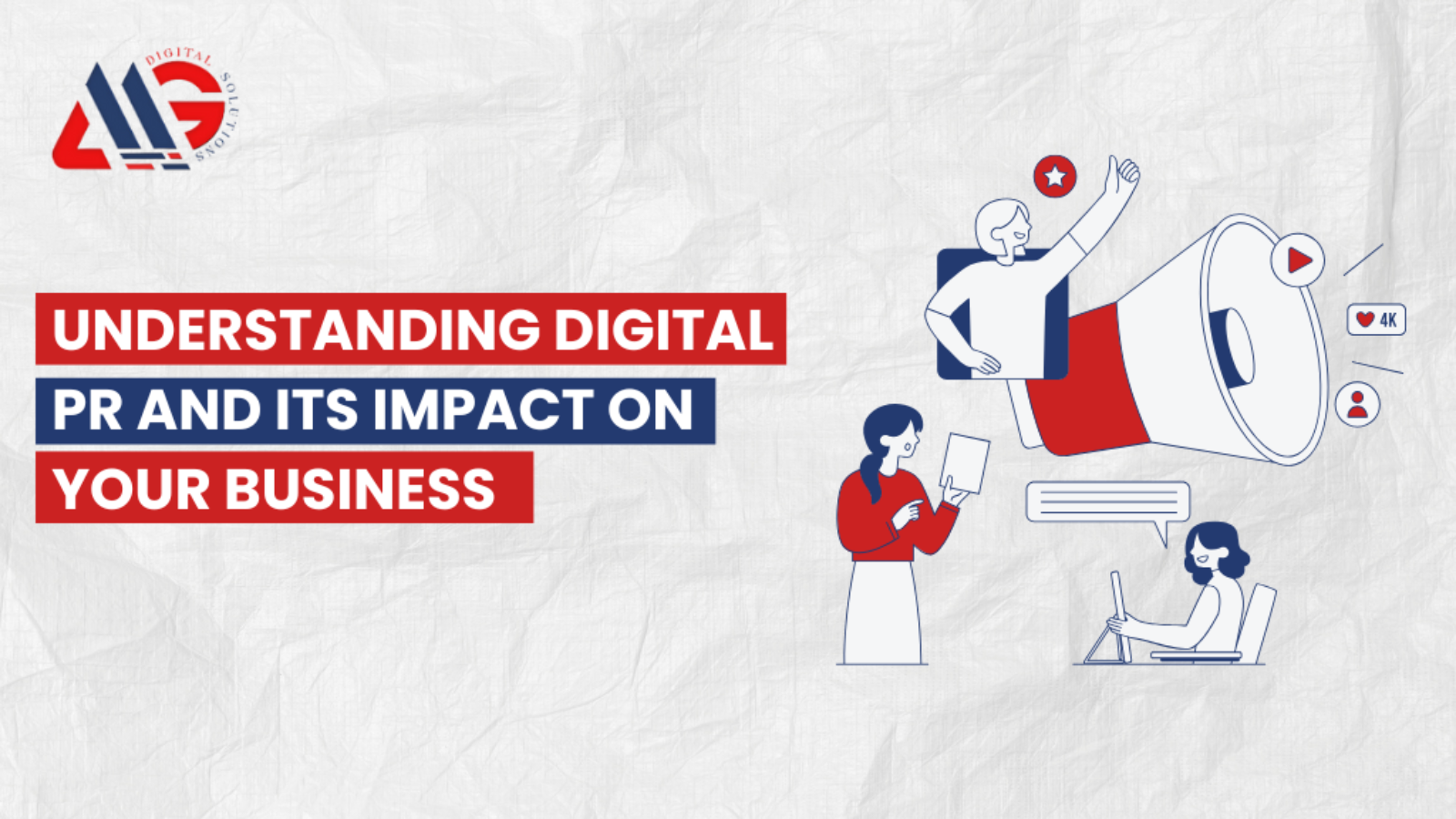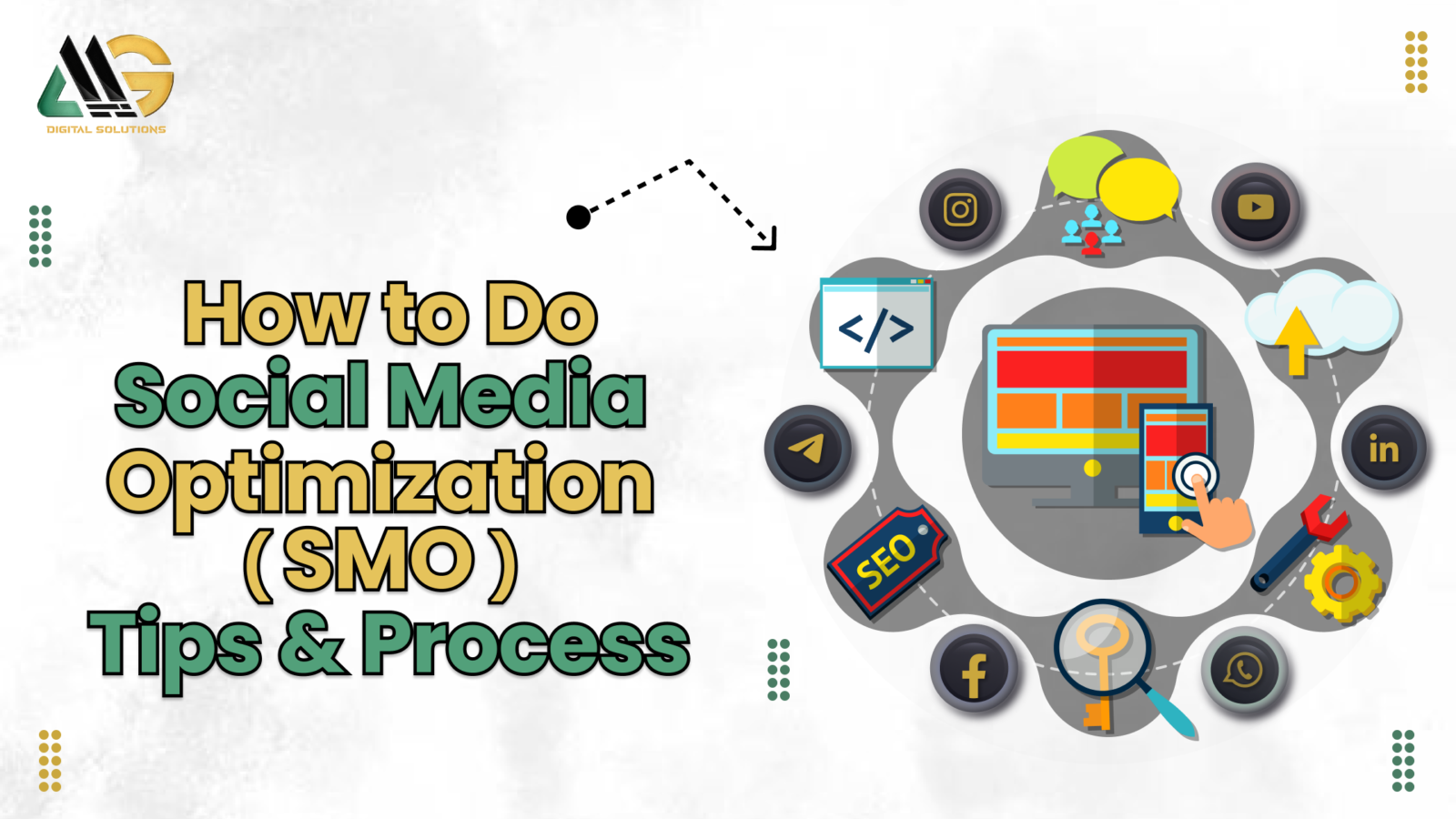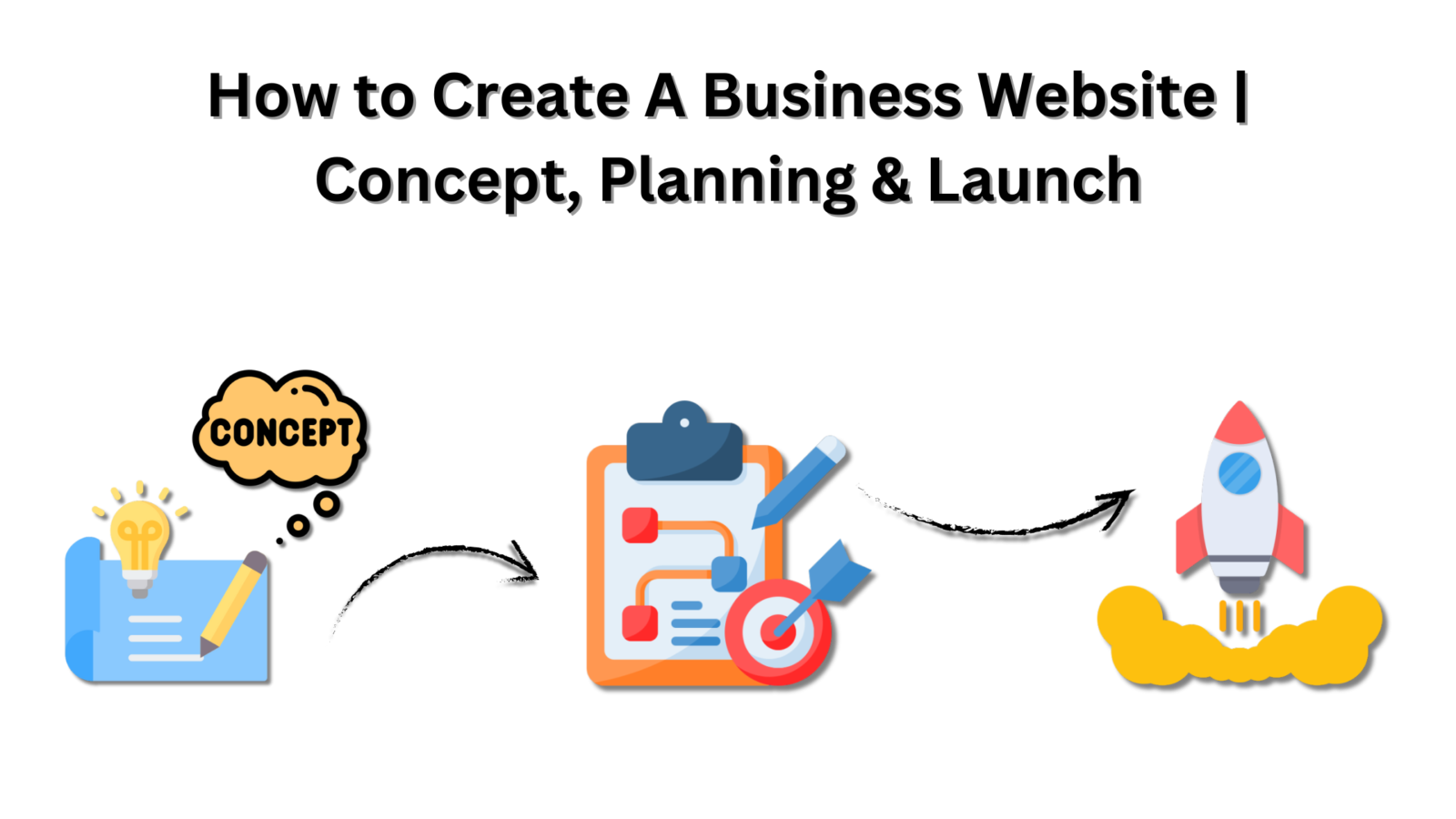In a world where digital dominates, your online presence can make or break success. A strong digital footprint is the stepping stone for any business aiming to thrive in today’s competitive era. Digital Public Relations (PR) plays a key role in letting brands reach new audiences, build credibility, and improve visibility on search engines.
Unlike traditional PR, digital PR utilizes the power of the online world to build relationships, influence opinions, and uplift brand awareness across channels. So, let’s dive right in for a deep overview of how digital PR will work to change your brand’s online presence.
What Is Digital PR and Why It Matters for Your Business?
Digital PR is a strategic way to manage a brand’s online reputation through multiple digital channels. It combines the classical elements of traditional PR thinking about the media and editorial content with modern digital marketing tactics like SEO, content marketing, and social media engagement.
This concept seeks to secure high-quality backlinks and obtain features in well-known publications while engaging audiences through impactful storytelling. Online public relations also involves guest blogging, influencer partnerships, social media marketing campaigns, and online press releases as tools to establish an authentic online presence further.
Having a brand featured in credible outlets and high-authority sites can also improve search ranking and strengthen a company’s online authority.
Why Your Business Needs a PR Strategy
The internet is increasingly becoming the shopper’s best friend, so an individual’s sturdy online presence is important in today’s rapid digital world. More than ever before, a business’s digital PR strategy is now paramount to distinguish it in this crowded marketplace. Additionally, digital PR gives brands the power to shape their online reputation, connect with key influencers, and gain valuable media exposure.
Adding traditional PR activities and modern digital marketing practices strengthens digital PR as a communications strategy. This leads to uplifting brand visibility, improved credibility, and long-term business growth. Furthermore, below are several key advantages of adopting a strong online PR strategy.
Advantages of Adopting a Strong Online PR Strategy
Improved Brand Awareness: The purpose of digital PR is to increase brand awareness by publishing your business in online media, blogs, and social sites. The more people you get exposed to, the higher the level of awareness about your brand and offerings will be.
Better Search Rankings: A strong digital PR strategy improves SEO by securing backlinks from reputable sites and signaling credibility to the top search engines. These backlinks upgrade your website’s authority, increasing its chances of ranking higher. So, higher rankings lead to more visibility and traffic.
Credibility and Trust: Digital PR builds trust by positioning your brand as an industry leader. Endorsements from reputable media and influencers signal credibility to potential customers. In addition, this authentic validation often outweighs traditional advertising, as consumers value expert recommendations.
Increased Website Traffic: Digital PR drives website traffic by featuring your brand in high-traffic publications and social media. Content placements and mentions increase exposure, leading to organic traffic. This often results in new leads, sales, and customer engagement opportunities.
Improved Audience Engagement: Online PR offers direct connections with the target audience through social media, influencer cooperation, and content sharing. As a result, these interactions build relationships, promote loyalty, and create a community around your brand. Consumer retention becomes easier, with the potential for new consumers to discover and connect with your brand.
Incorporating these key elements into your digital public relations strategy can put your business on the right track in online competition. A strong digital PR presence helps improve brand visibility, SEO, and trust. It also creates more engaging interactions with your target audience, all of which contribute to overall business growth.
Should You Partner with a Digital PR Agency?
Being complex and ever-changing, digital PR is something that most businesses find hard to manage in-house. Partnering with a third-party PR agency can bring significant advantages:
→ Access to Industry Expertise: Agencies have specialists experienced in securing media placements, conducting influencer outreach, and analyzing campaign performance.
→ Time and Resource Efficiency: Online PR campaigns require constant attention and adaptability. Outsourcing allows your team to focus on core business operations.
→ Strategic Insight and Tools: Agencies bring a wealth of knowledge on trending strategies, tools, and platforms that can optimize your PR efforts.
That said, choosing an agency that understands your brand can fit with what you are trying to get across. This partnership could be the difference for your long-term success. So, are you ready to uplift your brand? Contact us today to discuss how our Digital PR strategies can upscale your online presence.
Steps to Effectively Implement a Digital PR Strategy
A digital PR strategy is immensely beneficial to an organization in terms of its visibility, reputation, and customer relationships. In short, it makes your brand position for growth and success. Here’s the practical online PR strategy and its implementation to drive real results:
Step 1. Boosting Online Visibility – Digital PR significantly uplifts your brand’s presence across various platforms, making it easier for new customers to discover your business. With consistent visibility on high-authority websites and social media, your brand becomes more accessible to a larger audience. This increased exposure leads to higher recognition and trust.
Step 2. Reputation Management – A well-executed digital PR strategy focuses on creating more positive brand stories and working against the negative ones by managing an online conversation and strategically placing that content. This proactive approach helps build and maintain a strong, positive reputation.
Step 3. Competitive Edge – With a consistent and impactful digital PR presence, your brand gains a competitive advantage over those who fail to engage effectively online. Consistently making sure you’re seen in the spots helps you stay on the radar of customers. It also allows you to effectively maintain your presence in the market and set your brand apart from competitors.
Step 4. Direct Customer Engagement – Digital PR allows you to communicate with your target audience on platforms they commonly use like social media networks and online forums. By creating personalized content and responding to customer inquiries, you promote meaningful relationships. Additionally, these interactions help build a loyal customer base and turn followers into brand advocates.
How to Implement Digital PR
Digital PR should be worked upon strategically to meet business goals for successful implementation. By doing so, a well-executed PR campaign will strengthen your presence, create meaningful connections, and drive solid results. To launch a successful PR campaign, consider these key steps:
- Define Your Goals: Set goals such as improving SEO, increasing website traffic, or creating a brand reputation.
- Identify Your Audience: Create your PR messages and strategies based on where your audience spends time online and what type of content they engage with.
- Create Shareable Content: Good quality, engaging content is important for digital PR. This could include data-driven articles, infographics, and even video content.
- Engage with Influencers and Journalists: Nurture relationships with influencers, bloggers, and journalists in your industry. These partnerships will also uplift your message and reach.
- Monitor and Adapt: Use analytics tools to measure the impact of your efforts, adjusting strategies based on what’s working and what isn’t.
Top 3 Metrics to Track the Success of Your Digital PR Efforts
Measuring the success of your PR campaigns relies heavily upon tracking the metrics and there are three important key metrics to consider for this assessment;
→ Backlink Quality and Quantity. To improve your SEO and establish credibility with search engines, it’s essential to focus on obtaining backlinks from respected websites with high domain authority. This will boost your brand’s reputation and improve organic search rankings.
→ Brand Visibility in Search Results or SERP. Share of search is the number of times your brand is appearing in the SERPs compared to your competitor’s appearance on the platform. So this way, you can understand the depth of reach your brand is achieving in organic search. It directly impacts key influencers in both site traffic and brand recognition.
→ Conversions. Conversions gauge the responses from visitors following their interaction with your PR materials like subscribing to newsletters or reaching out to your sales team for purchases. The tracking of conversions helps in assessing the effectiveness of your PR initiatives in producing business outcomes.
Final Thoughts
Digital PR is more than just a strategy—it’s your key to reaching a wider audience and driving long-term growth. By improving your brand’s online visibility, building credibility, and encouraging deeper audience engagement, online PR opens doors that traditional PR can’t.
Whether your goals are brand awareness, SEO, or customer loyalty, a strong digital PR strategy complements each, setting your business up for success.
Ready to uplift your brand? Now’s the time to tap into digital PR to upscale your presence and achieve measurable results. Reach out today to discover how we can help you design a customized digital PR strategy that accelerates growth!










